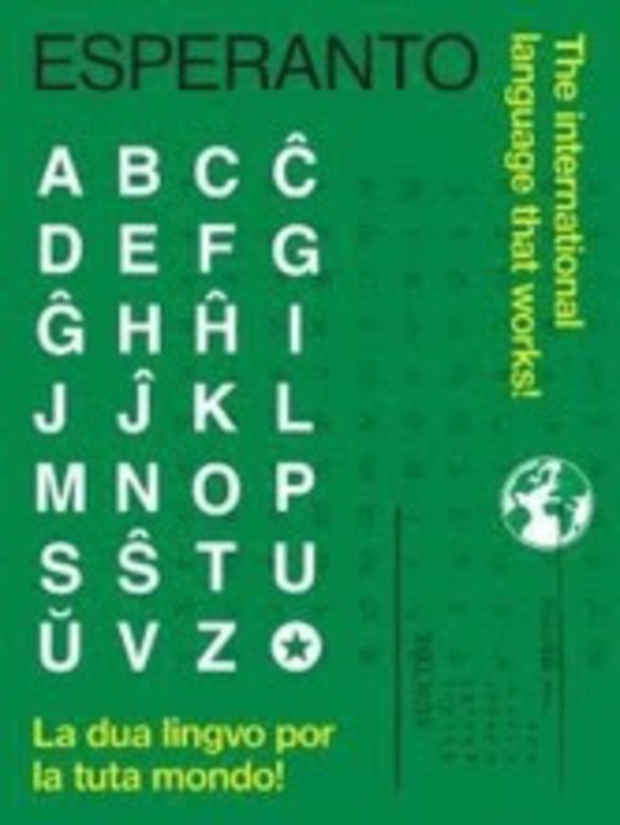“Russian Revolution: A Contested Legacy” Exhibition
International Print Center New York

[Image: Anton Ginzburg, From the Meta-Constructivism poster series (2016) 36 x 48 in. Courtesy of the artist. Image © 2017 Anton Ginzburg.]
This event has ended.
International Print Center New York (IPCNY) presents Russian Revolution: A Contested Legacy. Commemorating the centennial of the 1917 Russian Revolution, this scholarly exhibition looks beyond the canon of the Russian avant-garde to focus on three avenues of individual freedoms sought by the fledgling socialist society: the equality and emancipation of women; internationalism, including racial equality and the rights of ethnic minorities in Russia, especially Jews; and sexual and gay liberation. By placing a selection of historical printed works by key Russian avant-garde artists of the 1920s and 1930s in dialogue with contemporary works by Russian-born, New York-based artists Yevgeniy Fiks and Anton Ginzburg, the exhibition evaluates these often-obscured goals of the Revolution and addresses their continued urgency today – in Russia, the United States, and elsewhere.
The historical component of the exhibition, which features posters, book covers, journals, and illustrations by some of the most well-known names of the Russian avant-garde alongside more obscure artists of the movement, exemplifies the print medium’s preeminent role in Soviet revolutionary society as the most accessible means for disseminating social and political ideals on a broad scale. Images and text from the American journal The Crisis (1923) in which Harlem Renaissance writer and intellectual Claude McKay published an essay entitled “Soviet Russia and the Negro”—inspired by his visit to Soviet Russia as an invited speaker at the Fourth Congress of Communist International—provide global context for the progressive, open nature of Soviet society in the early post-revolutionary years. In the essay, MacKay’s observations on Soviet achievements in the area of fighting racial prejudice, xenophobia, and anti-Semitism reflect the genuine internationalist aspirations of the fledgling socialist state. A video documenting Yevgeniy Fiks’s performance Soviet Russia and the Negro. Kaddish (2011) offers a contemporary perspective on this issue: here, Fiks reads MacKay’s essay on the sites in Moscow where hate crimes had been committed recently against people of color.
El Lissitzky and Natan Al’tman, central figures of the Russian avant-garde and its internationalist aspirations, are presented in the lesser-emphasized context of their work celebrating and modernizing Soviet Jewish visual culture. The exhibition features El Lissitzky’s 1922 illustrations for Jewish tales such as Chad Gadya, which are written in Yiddish and designed in a modern graphic style reminiscent of his iconic revolutionary poster Beat the Whites with the Red Wedge (1920). Yevgeniy Fiks’s 2015 screenprints of the same title appropriate the latter’s iconic composition, but overlap the original Russian text with Yiddish writing, challenging established art historical narratives in which Lissitzky’s identity as a modern, international artist superceded his Jewish identity.
Other highlights include a selection of posters advocating for women’s rights, including Elizaveta Ignatovich’s Struggle for the Polytechnical School (1931), which calls for women to receive technical education, and a 1931 poster by Sergei Sen’kin’s presenting a young Soviet woman as a symbol for the multi-million members of the Komsomol, the Bolshevik youth organization. Meanwhile, iconic images by Gustav Klucis reflect the homosocial theme underlying the same-sex solidarity in Soviet society, especially in the all-male worlds of miners and other industrial sectors.
The contemporary works on view prioritize the agency of Russian-born people to speak about Soviet history as personal history, and to address the Revolution’s legacy in all its complexity. In Yevgeniy Fiks’s Leniniana (2008) painting, the artist erases Lenin from the ubiquitous portrait of the revolutionary leader, familiar to every Soviet household through millions of printed reproductions, and thus reflects on the selective nature of historical memory. In his posters from the 2016 Meta-Constructivism series, Anton Ginzburg claims to use Russian Constructivist methodology to present current points of view on the central themes of that movement in the 1920s, such as sexual liberation, the creation of the Jewish Kultur League, and attempts to develop a universal language. By preserving the Revolution’s radically transformative impulses, and recognizing its limitations, both artists maintain the critical social stance still necessary in the ongoing struggle for individual freedoms worldwide.
The exhibition will be accompanied by an extensive brochure designed by Anton Ginzburg and published by IPCNY, featuring an essay by curator Masha Chlenova, as well as an illustrated chronology by Chlenova and Yevgeniy Fiks and a bibliography providing further historical context for the material on view.
Extensive public programming will coincide with New York Print Week and continue throughout the fall season. These will include workshops and performances by Yevgeniy Fiks, and an academic conference bringing together scholars of Soviet modernism to discuss the three themes detailed above.
Media
Schedule
from October 12, 2017 to December 16, 2017
Opening Reception on 2017-10-12 from 18:00